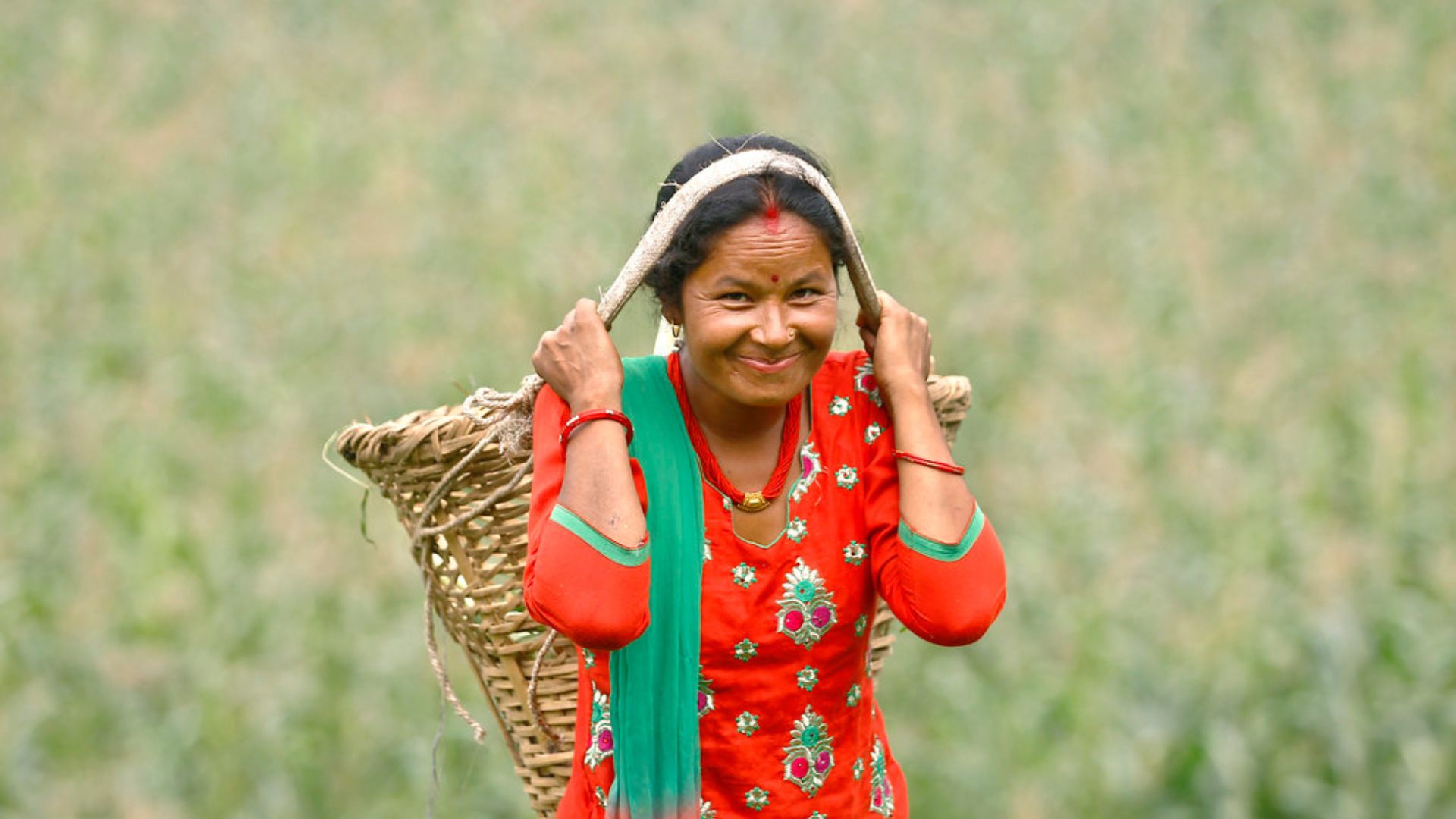
India has a steep target of achieving Viksit Bharat status by 2047, the centenary of India’s Independence. Twenty-three years from now, Prime Minister Narendra Modi believes that it is possible for India to achieve a developed nation status if it takes the right steps. To achieve this, he says that “women-led development” should be one of the focus areas for India. It’s but natural that women, who comprise around 50% of the country’s population, have to play a constructive and productive role as part of India’s vast workforce to take the country forward. But it’s here that India, the way it is now, is falling short.
Let us look at some statistics. According to the Periodic Labour Force Survey Report 2022-23 by the Ministry of Statistics and Programme Implementation, released in October 2023, the current (2023) female labour force participation rate in India is 37.0%, which is apparently a significant improvement of 4.2 percentage points over 32.8% in 2021-2022. This is for the working age of 15 years and above. Essentially, in India, a little over 1/3 of the female population has joined the labour force, which is not a good place to be. In contrast, in the US it is 56.8% in 2022. In China it is 60.5%. To put it in context, India is slightly ahead of a closed and conservative society like Saudi Arabia at 34.5%. The global average is 47%. Hence, the need of the hour is to bring women out of their homes in greater numbers, and ensuring that they are able to earn a living going beyond the traditional role of homemaking.
The main reasons why India has such a low women labour force participation—according to a government report, “Female Labour Utilization in India”, released in April 2023—are economic development (or lack of it), education levels, fertility rates, access to childcare and other supportive services and, finally, society and social norms. Marriage, or homemaking is the main reason why Indian women are either not joining the labour force or are dropping out after marriage, or after childbirth.
According to a World Bank Report, “Reshaping Norms: A New Way Forward”, in India, economic development and increasing income levels are not enough to increase female labour participation. While economic growth, rising education, and declining fertility can result in increasing women’s participation in the labour force—the reason why India’s numbers are improving—women are still facing barriers in accessing economic opportunities. In fact, it is actually about norms about a woman’s role in society, as well as the absence of the right kind of conditions that allow every woman to succeed in the outside world. Even when a woman is educated, research shows that she has had to leave the workplace to raise her child either because she does not have the support at home or at the workplace to take care of her child while she is working. At one level, this is actually gender bias, which is ingrained in Indian society, where it is the woman who is expected to make the sacrifices, often by putting her career aspirations on hold. Then there is the problem of the belief in certain sectors, that “this is not a woman’s job”, especially in areas such as defence and security. There is no doubt that the system is correcting itself by creating conditions where a woman is able to live up to her potential, but this has to gather pace, and for that a fundamental change in the Indian mindset is needed, starting with the equal treatment of the girl and boy child at home. All this has to happen much faster for the country to even aspire for developed status.
For economically deprived women in particular, a great deal of intervention by the government is required by use of targeted schemes that are also inter-linked. A pucca house and a functioning toilet go a long way to provide women with physical security and the required dignity. Smoke-free kitchens and food security ensure health security. Education and then skill training provide them with the opportunity to be gainfully employed or start small businesses by getting micro loans, so that they eventually become economically empowered and productive citizens.
Recent reports on reduction of India’s multidimensional poverty suggest that the maximum impact has been had by schemes such as Pradhan Mantri Awas Yojana, Swachh Bharat Mission, Ayushmaan Bharat, Poshan Abhiyhan, Beti Bachao Beti Padhao, etc. Add to it Lakhpati Didi—which imparts skill training to enable a woman earn Rs 1 lakh a month—the Mudra loans and Stand Up India loans, and the ground is being prepared to tap into women’s aspirations and give them the right kind of opportunities. In fact, it is encouraging that 69% of the Mudra loans disbursed until 2023 were taken by women, and 84% of the Stand Up India loans were given to women entrepreneurs.
Of course, all this is easier said than done. India, with its humungous population, faces humungous challenges. But the bottom line is, a developed status is possible only when there is gender equality, education, healthcare and economic empowerment. All this will automatically lead to sustainable development. It is about harnessing the full potential of India’s population, both men and women. It is only then that we will move towards a more equitable and just society, and towards an equitable, prosperous, and developed India—Viksit Bharat.